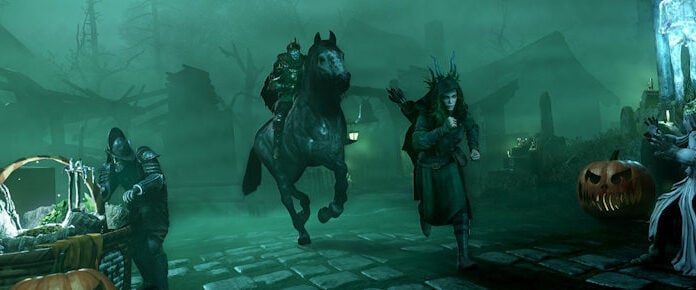
At EVE Fanfest 2017, it was announced that that players of MMO EVE Online will soon be joining the great exoplanet hunt too through an interesting new mini-game that challenges players to find elusive planetary transits in data from telescopes around the world. Developed in collaboration with citizen science company MMOS, the University of Reykjavik, and the University of Geneva, the task will come to EVE as a Project Discovery mini-game with a variety of in-game rewards. It’s pretty exciting to think that players waging war over planets around other stars in a virtual universe will soon be finding them in the real world.
Read on to find out how exactly we find planets around other stars, and how this is going to be integrated with EVE Online.
 How do we find exoplanets?
How do we find exoplanets?
The planets around TRAPPIST-1a were found using the transit method, in which the small but measurable dip in light intensity from a star is measured when a planet passes in front of it. This method only works if the planetary disc happens to line up between the host star and our own star system, and the dip in light levels that will be measured can be less than 1% of the star’s brightness. The advantage to using the transit method is that telescopes can collect brightness data for millions of stars very easily, producing a vast library of information to sift through.
Analysing the light curves for all of those stars for the tell-tale symmetrical dip of an exoplanet is a colossal undertaking, and even the best computer analysis techniques can miss potential candidates. That’s where citizen science comes in, with people all around the world inspecting and classifying the light curves by eye and trying to find the signal of a planet in some very noisy data. The human brain is naturally incredibly good at pattern-matching and picking a signal out from noise, and so far people all across the world have helped to find hundreds of exoplanets that computers might have missed. Participants in these crowd-science schemes have found some interesting star systems and a few odd aberrations in the data that wouldn’t be detected by computer analysis, flagging them up for further investigation.
 Project Discovery in EVE Online:
Project Discovery in EVE Online:
Last year’s first iteration of Project Discovery helped to classify images for the Human Protein Atlas, which used immunofluourescence to produce millions of images showing where particular proteins are expressed in various human cells. The mini-game asked players to identify which cell structures were lit up in the image in order to figure out where each protein is expressed and build up a virtual map of human protein expression. This scheme was hugely successful, with EVE players generating over 25 million image classifications within the first three weeks.
The new minigame presents players with recorded light data for a star and asks them to identify any periodic dips that may be transiting planets. Complicating factors such as normal stellar activity, multiple planet transits, and the fact that many star systems are binary systems can make it difficult to find these dips. Players will have access to a set of tools to help them eliminate the noise and find locate potential exoplanet transits, but it will be the scientists at the University of Geneva who will follow up on each star once players have reached a strong consensus on the results. The team at Geneva will be joined by professor Michel Mayor, one of the winners of the 2017 Wolf Prize for Physics for the discovery of the first exoplanet.















